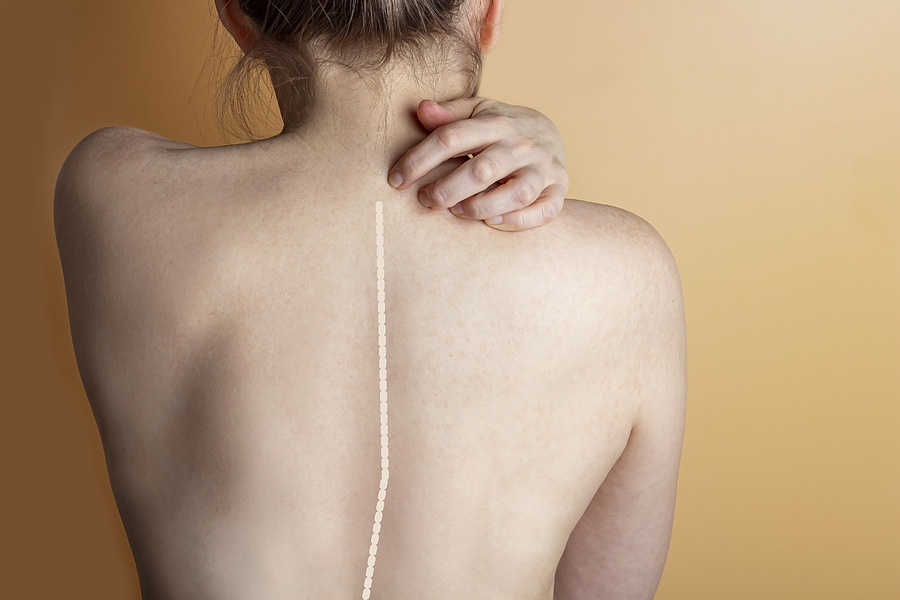
Scoliosis is a condition when the spine arcs laterally or sideways. Many people turn to a scoliosis chiropractor to identify the real reason for this spinal deformity. If you have scoliosis or care for someone who does, knowing as much as you can about this condition works to your advantage. It will significantly help you manage any scoliosis.
Any of these can indicate the likelihood of scoliosis:
Aside from these physical manifestations, someone with scoliosis may also feel any of the following:
Let us look into the types of scoliosis:
This is a birth defect that happens when the spine does not form properly and fully while the baby is in the womb. Congenital scoliosis is uncommon, but it does happen. Of the different kinds of scoliosis, this one is easy to identify, particularly during newborn screening. This scoliosis can become complicated when the body starts to create new bones to correct the curve. This situation can result in additional curves.
This condition affects children less than ten years old. Medical experts pay close attention to kids with pediatric spinal deformity because of its potential to cause more issues. It is important to remember that kids at this age range are still growing, so early-onset scoliosis can impact the development of other body parts like the lungs and ribcage.
If you have a family member who might have early-onset scoliosis, it is best to work with a scoliosis chiropractor. If not treated, it can adversely affect the lungs and the heart. When this is the case, this kind of scoliosis can become deadly.
Children 10 years and older are affected by this condition. One thing that can happen is that the spine can move sideways then turn. This distortion can cause some ribs to protrude.
The term idiopathic means that medical experts are unable to identify the reason for the abnormal spinal deformity. Some believe genetics might have a hand here since most children who display signs of adolescent idiopathic scoliosis have family members with the same condition. This type of scoliosis can also be dramatically improved through chiropractic care.
This type affects adults. It is also known as late-onset scoliosis since it manifests in older people. As people grow older, the spinal bones and discs start to weaken. This leads to a spinal misalignment, which can be painful. The friction created by the bone movement can trigger pain that adults have to put up with on top of a condition that can worsen over time.
The muscles and nerves that surround the vertebrae help reinforce the spine’s structure. Sometimes, they lose their ability to support the framework. Such an incident happens in cases of muscle atrophy in bedridden or patients who use wheelchairs.
Named after the Danish radiologist discovered this condition, this kind of scoliosis makes the person lean forward. This spinal deformity begins at the neck and extends to the mid-back. Instead of the bones developing into the usual rectangular shape, they end up as wedges that do not pile properly.
This type of spinal curvature is a result of an underlying condition that affects connective tissues. Symptoms depend on the underlying ailments. It is best to get scans to confirm the curve.
Chiropractors are well-trained professionals who are excellent at detecting spinal misalignments. Chiropractors from the National Upper Cervical Chiropractic Association (NUCCA) can frequently have an even greater impact on scoliosis curvatures and symptoms. NUCCA a gentle, precise, and extremely effective way to restore balance to the spine.
NUCCA doctors can identify and correct the spinal imbalance, which may help alleviate the pain of those with scoliosis. Once they restore symmetry, the shoulders will likely look even. The parts that used to stand out and protrude many no longer do so.
Another possible benefit of spinal realignment is that the bones and discs no longer press on the surrounding components. A scoliosis chiropractor attempts to address the spinal misalignment and possibly other issues that came about because of it. Find a NUCCA doctor near you using our directory.
[blog-button]